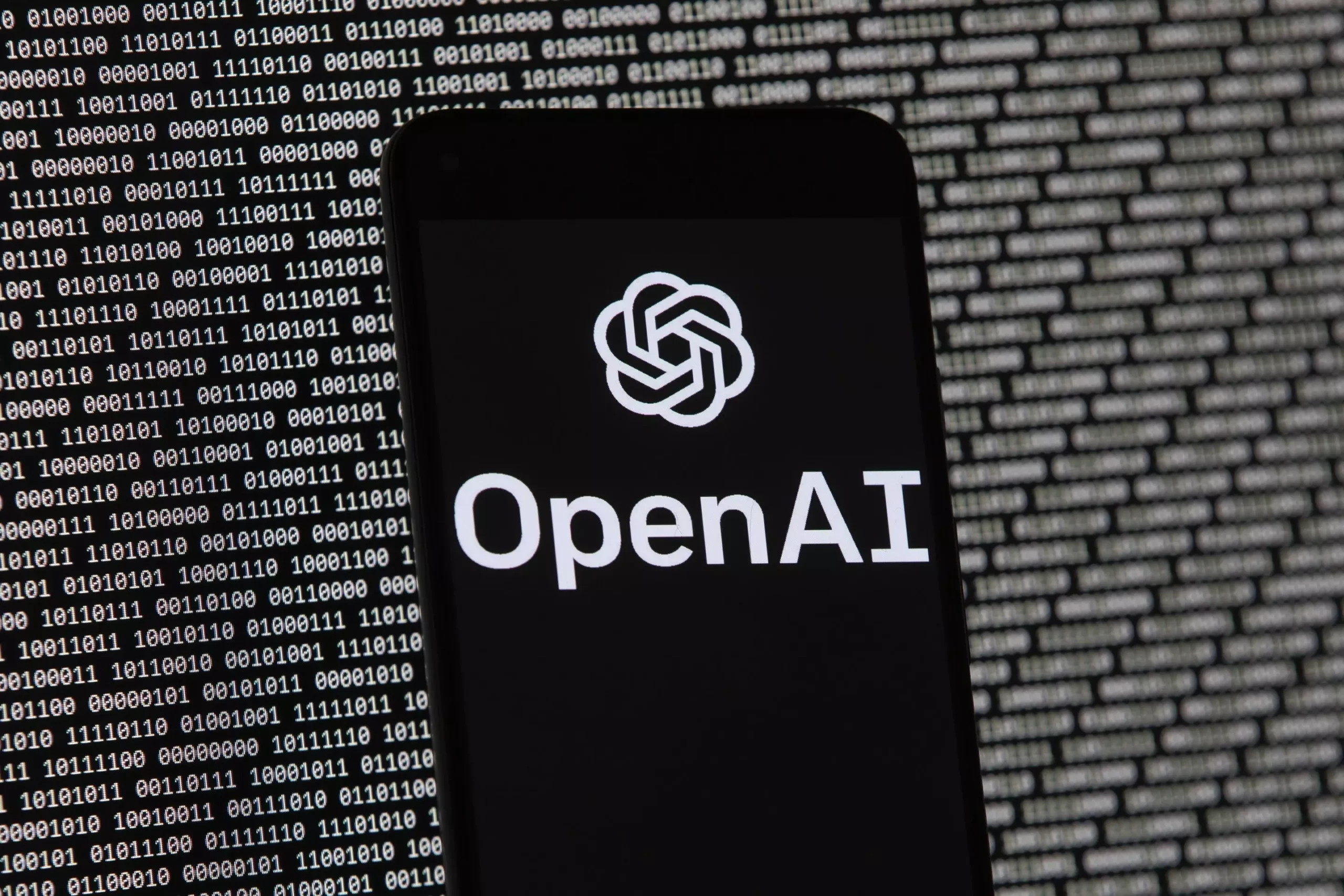In 2016, a notable shift in the technological landscape began with the establishment of OpenAI, a scientific research organization founded in Delaware but based in Mountain View, California. This nonprofit entity set out with an ambitious mission: to “advance digital intelligence in the way that is most likely to benefit humanity as a whole,” free from the constraints of financial profit. Backed by significant support, including a $10 million loan from one of its founding directors, Sam Altman, OpenAI’s application for tax-exempt status unveiled a vision that resonated with altruism and widespread societal benefit.
OpenAI’s original goals included an intention to avoid commercial products, a stance that reflected its founders’ desire to prioritize public good over profit. The IRS filing revealed plans for creating a diverse array of AI technologies, ranging from game-playing agents to a robot capable of performing household tasks. This initial vision now seems remarkably optimistic, especially when considering the technological advancements achieved in just a few years.
As the landscape of artificial intelligence has changed dramatically, so too has OpenAI’s approach. Post-inception, the organization began to develop commercially viable AI products, diverging from its original pledge to refrain from intimate partnerships with profit-driven entities. The apparent contradiction between OpenAI’s founding principles and its evolving strategies raises profound questions about the balance between mission-driven research and commercial viability.
A spokesperson for OpenAI, Liz Bourgeois, asserted that although the execution of their mission has changed over time, the core commitment to humanity remains steadfast. The organization’s journey embodies a broader narrative about how technological advancements can introduce complexities into original missions, leading to reevaluations of objectives and methodologies.
As OpenAI expands, legal experts are carefully monitoring the implications of its dual nonprofit and for-profit structures. There are inherent concerns regarding how these entities interact and whether their operations genuinely align with established nonprofit criteria. An important point raised by nonprofit specialists is whether the organization is operating within the framework suitable for fulfilling its charitable mission while navigating the obligations that accompany a profitable side.
Andrew Steinberg, a counsel at Venable LLP, pointed out that while OpenAI’s original application was representative of typical nonprofit endeavors, the ensuing developments in its corporate structure have not gone unnoticed. The question remains about whether OpenAI has adhered to necessary disclosures and whether its activities continue to advance its intended charitable mission or lean towards fostering private benefits — an aspect prohibited within the nonprofit framework.
OpenAI’s growth trajectory has led to the release of groundbreaking products, most notably ChatGPT, which catalyzed a renewed race to explore AI capabilities. Its current array of offerings, encompassing advanced text-to-image generators and emotionally intelligent chatbots, starkly contrasts its initial intention of addressing simpler AI tasks. The surge in complexity and capability points to a dynamic evolution that demands rigorous examination of the underlying motivations guiding such developments.
Interestingly, as it transitioned away from its original premise, OpenAI still proclaims its commitment to disseminating knowledge and sharing research freely with the public. This duality prompts further scrutiny regarding intellectual property ownership, especially as Altman has hinted at potential changes to the organization’s corporate structure. At the center of these discussions is the fundamental question of how much of OpenAI’s innovations belong to the nonprofit side versus the for-profit subsidiary.
As OpenAI continues to advance its AI technologies and explore new partnerships, stakeholders are left to ponder the implications of these developments. The delicate balance between a nonprofit’s altruistic motivations and the realities of commercial success is a challenging one, forcing OpenAI to rethink its identity and operational mechanisms. In pursuing its mission, the organization must prioritize transparency and accountability, ensuring that its growth continues to be aligned with its foundational principles.
Moreover, as technological capabilities expand and the call for ethical AI development intensifies, OpenAI’s future direction will likely continue to evoke robust discussions about the implications of AI on society as a whole. The challenge lies not just in maintaining the integrity of its initial mission but also in navigating the complex intersection of nonprofit aspirations and profitable engagements amid an era of rapid technological advancement. How OpenAI addresses these challenges will ultimately shape the legacy it leaves on the field of artificial intelligence and its impact on humanity.


Leave a Reply